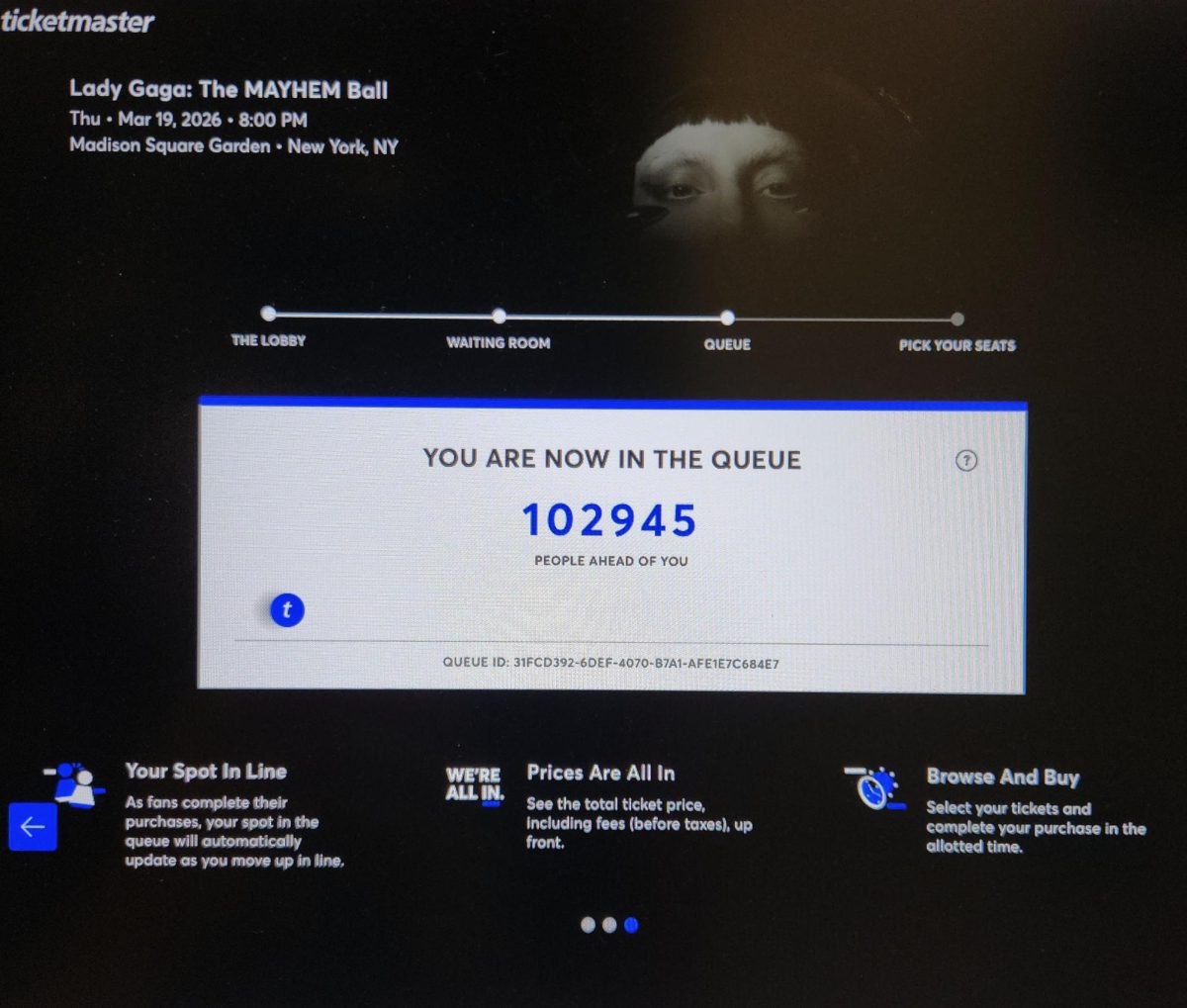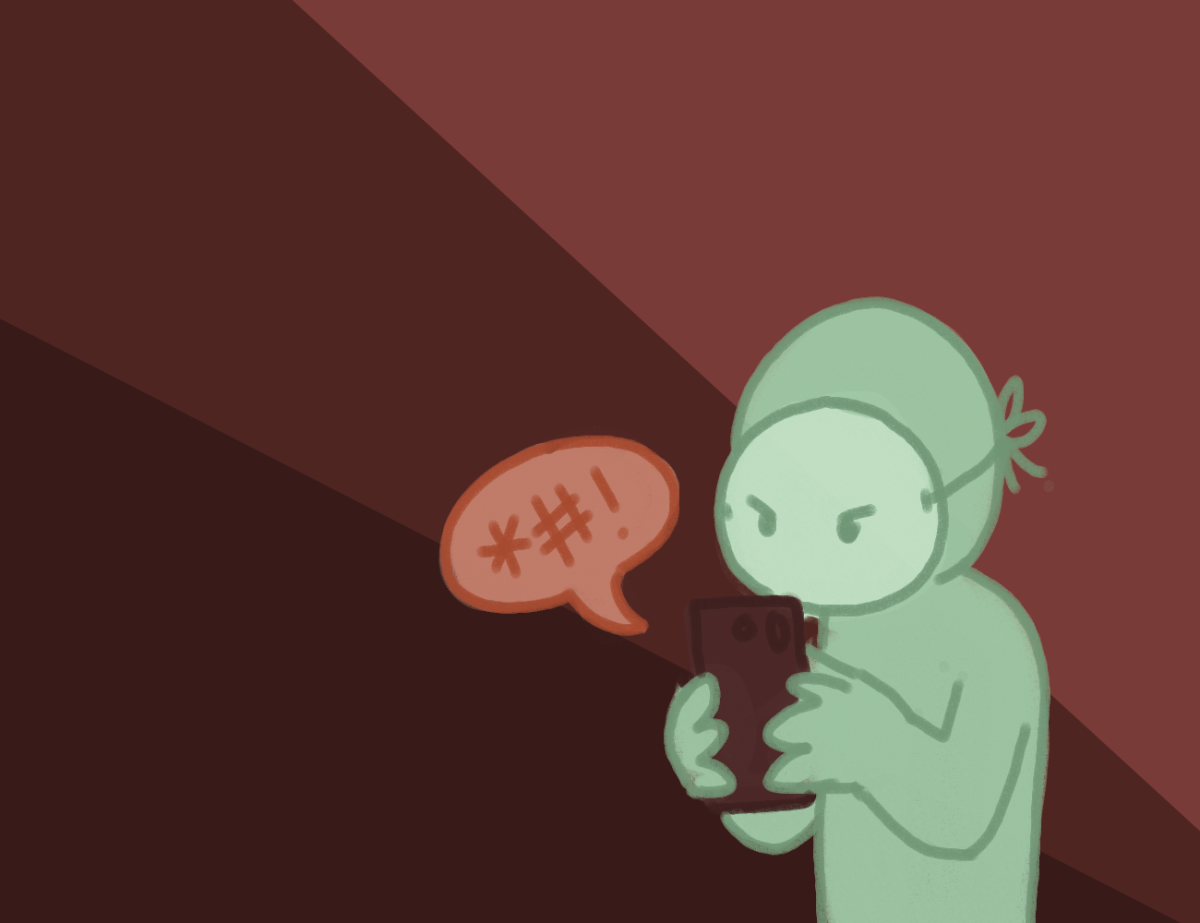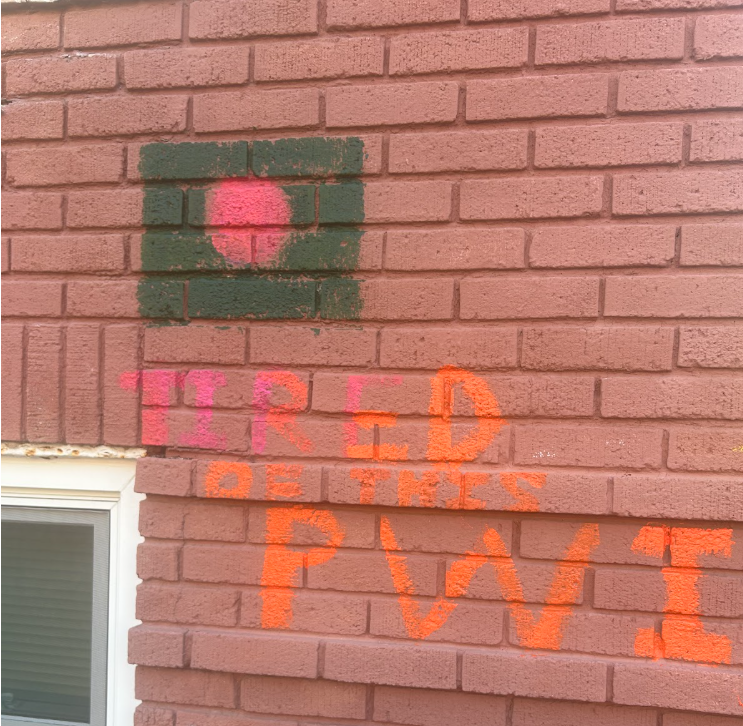On Nov. 16, at the invitation of the awesome Jewish (Mara Steinitz and Maxine Freedman) and Muslim (Tasneem Issa) student organizers, I spoke to those of us who gathered as members of the Macalester community to object to recent (and ongoing) expressions of hatred on campus. I started off by identifying myself as Jewish. I talked a bit about the ways in which each of us is shaped by our social contexts, and the challenges and opportunities related to trying to build meaningful connections across differences of identity. I reminded us that because hatred and animosity are learned, they can surely be unlearned, and that figuring out ways to listen to one another deeply – with respect and care and love – can be a powerful step toward that goal. It was a complicated and emotionally intense event, and I was honored to have been part of it.
I did not, however, talk explicitly about swastikas or anti-Semitism.
The morning after the walk-in, I woke up very early feeling scared and regretful about what I did not talk about. I cried hard with my partner, and made a plan to forgo business as usual during my introductory psychology class that morning. Two students in that class and I had spoken the day before at the walk-in, a Jewish student had come to me immediately after the walk-in to process the relative silence about anti-Semitism at the event, and I’d heard from other students who’ve been frustrated by faculty members’ lack of acknowledgment of swastikas and other representations of hate on campus. So I decided to do something different, and I structured a way for us to listen to one another about what’s been happening on campus and what we’d like to have happen.
Yet I still didn’t really talk specifically about swastikas or anti-Semitism.
Apparently I was still too scared. Fear is a common emotion for me, and it is one that takes on a particular “flavor” among Jews of Eastern European descent as a legacy of the oppression experienced by my people (see “Unhealed Terror” by Cherie R. Brown). So now it’s 5:15 a.m. on Thanksgiving, an ironic U.S. holiday of gratitude for the Pilgrim’s escape from religious persecution that systematically ignores and erases the colonization and attempted genocide of the indigenous peoples who already lived here when those European settlers arrived seeking freedom. (This is a theme that recurs in a different but familiar form in the creation of the current state of Israel, and is thus one that is not disconnected from swastikas and anti-Semitism.) I’ve been awake for an hour, scared and regretful again.
Fear – of being criticized or blamed or targeted or concerned about what others will think about me – may be a reason for my reluctance to talk about swastikas and anti-Semitism, but it is no longer an excuse.
The swastika is a symbol most commonly associated with Nazism, a movement led by Adolf Hitler that attempted to create a “master Aryan race” by eliminating those deemed inferior (including Roma peoples, disabled people and gay people) and those who were considered inferior, “dirty” and threatening (Jewish people). Jews have historically been targeted and blamed for broad societal problems, dating back to the emergence of Christianity. We have been systematically expelled from various places (e.g., Spain during the Inquisition), and were explicitly targeted for destruction through Hitler’s genocidal plan. Unlike racism, a form of oppression based in myths of white superiority that has been quite consistent in its insidiousness and pervasiveness over time, many expressions of anti-Semitism are more cyclical, emerging during times of economic crisis and heightened feelings of threat as a way to deflect blame and responsibility for the hardship and suffering of many people away from the white, Christian, elite ruling class. (For further reading, see “Undersanding Antisemitism” on jfrej.org).
The dynamics of anti-Semitism are complicated. The oscillation between times of relatively prosperity and safety for Jews and the times when Jews are singled out and blamed for a variety of societal ills leaves many – both Jewish and non-Jewish – confused about whether or not there is even really such a thing as anti-Semitism. Historical segregation of Jews into geographically isolated enclaves has made it difficult for non-Jews to know anything about Jewish religious and cultural practices, let alone to know anyone who is Jewish. Stereotypes about Jews as pushy, greedy and rich are pervasive and persistent.
Jews are a much more economically and racially diverse people than common stereotypes would suggest; we represent a much smaller proportion of the world (less than 0.2%), and the U.S. (approximately 2%) population than many would assume; and we have much more wide-ranging attitudes toward the policies of the Israeli government than some powerful U.S. lobbyists would imply. I strongly recommend that we all become familiar with the dynamics of anti-Semitism and the realities of who Jews are if we want to build strong liberation movements and effect significant and lasting social change. We are witnessing a surge in anti-Jewish oppression across the U.S. through the activities of self-proclaimed white supremacists who also espouse racist, anti-Arab, Islamophobic and anti-immigration sentiments and ideologies. Swastikas and anti-Arab slogans add further insult to the injuries inflicted by systemic and interpersonal racism, sexism, classism, etc., on our campus. Although there are disconcerting parallels between the rise of Hitler and that of Trump, there are also important differences. We know a lot about the nature of prejudice and discrimination and oppression. We can reclaim our minds and our hearts from the grips of fear and ignorance and hatred. We can recognize the interconnections among us and the interdependence of all of our liberation struggles. We can create meaningful, powerful alliances across differences of social identity. We can leverage the resources and privileges we have as members of particular social groups and as members of the Macalester community to promote respect and inclusion; to speak out against all forms of oppression; to learn our own histories and the histories of those who are different from ourselves; to interrogate the sources of our fear, anger, heartbreak, defensiveness, hate, etc.; and to build the community – and the world – in which we want to live. We are already doing many of these things. Let’s keep doing them.
by Joan Ostrove







Julian Blake • Sep 10, 2019 at 10:41 pm
It’s actually a nice and helpful piece of information. I’m glad that you shared this helpful info with us. Please keep us up to date like this. Thanks for sharing.
Wanda Mackay • Sep 7, 2019 at 4:24 am
On every weekend, we all friends together used to watch film, because fun is also necessary in life.
NoodlesCompany coupon • Jul 30, 2019 at 2:00 pm
Fine post Brian the way you covered all the strategies for webmasters.
David Hunt • Feb 12, 2018 at 2:03 pm
Does it not occur to you that Muslims – whose Koran calls Jews “sons of apes and “pigs” – might be behind the Swastikas?
Let’s be real, here. Islamic Hijra invasion into Europe has been the driving force behind much of the resurgent anti-Semitism in Europe.